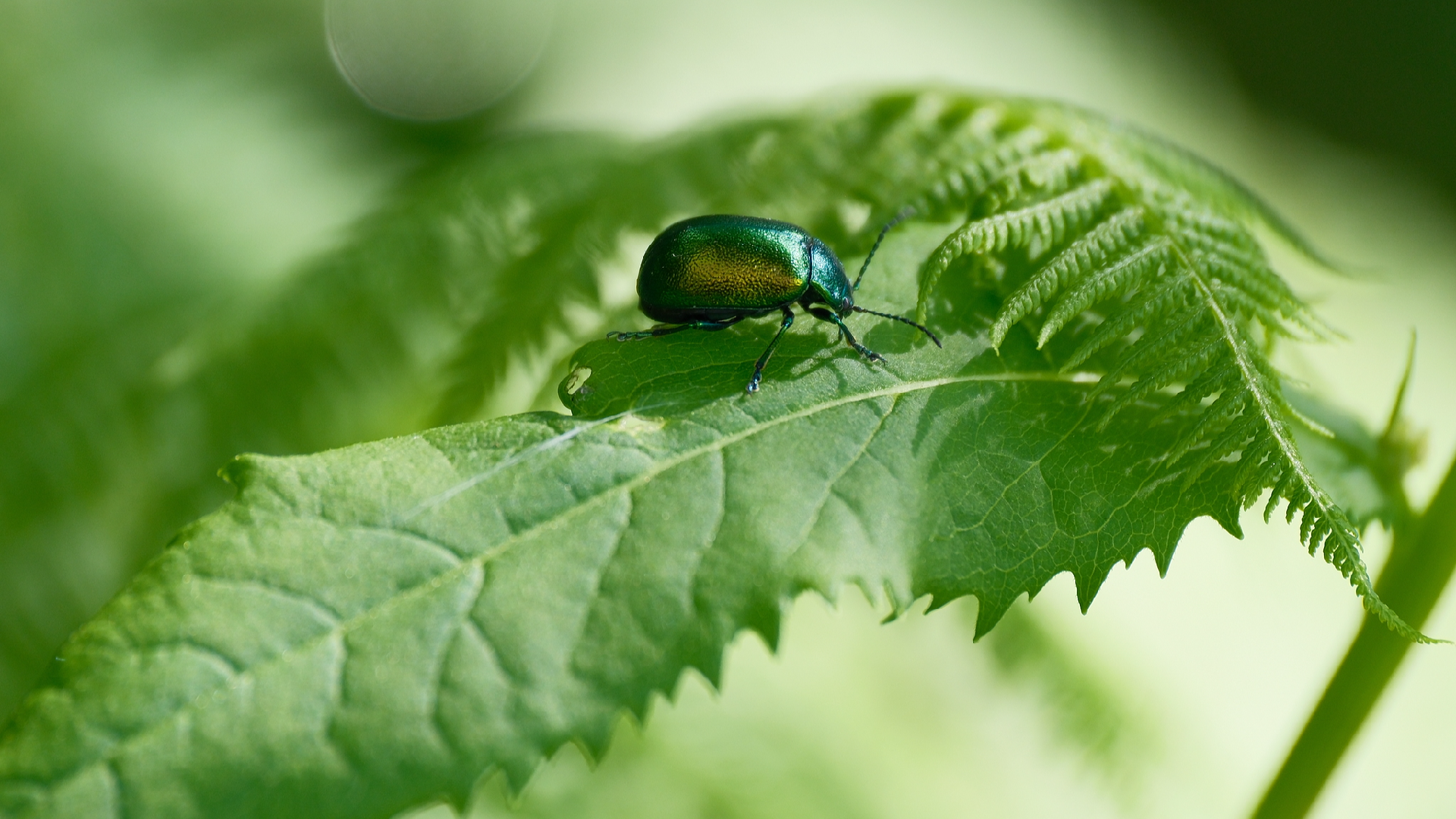Chinese researchers identify crucial genes that combat agricultural pests
Chinese scientists have identified crucial genes that combat crop parasites.

The study, published in Cell, was led by Professor Xie Qi and his team at the Institute of Genetics and Developmental Biology of the Chinese Academy of Sciences, in partnership with five other institutions.
Striga, commonly referred to as "witchweed," along with other parasitic plants such as Orobanche, depends on host plants for nutrients and water, leading to serious declines in crop yields and disruption of agricultural ecosystems. Striga alone affects over 50 million hectares of farmland across Africa, incurring annual economic damages of $1.5 billion and impacting more than 300 million individuals. In China, Striga has been identified in areas like Guangdong and Yunnan, while Orobanche threatens crops such as sunflowers and tomatoes in Inner Mongolia and Xinjiang.
Sorghum is among the crops that can be heavily influenced by Striga infestation. The roots of sorghum release strigolactones (SLs), a category of plant hormones that attract mycorrhizal fungi, aiding nutrient absorption. However, Striga seeds that lie dormant in the soil sense these SL signals, prompting their germination and leading to infestation of the host.
During the research, the team explored transcriptome data from sorghum roots under phosphorus-deficient conditions and in response to strigolactone treatment. They discovered two ABCG family SL transporter genes: Sorghum bicolor SL transporter 1 and Sorghum bicolor SL transporter 2. The scientists found that the SbSLT1 and SbSLT2 proteins manage the efflux of SLs; when the corresponding genes are knocked out, SL secretion is inhibited. In such cases, Striga cannot germinate or invade the host plant.
AI-driven analyses further revealed a conserved phenylalanine residue vital for SL transport. This residue is present not only in sorghum but also in SL transporters of other monocot crops such as maize, rice, and millet, as well as dicot crops like sunflowers and tomatoes, indicating a shared mechanism among these species. Experiments in molecular and cellular biology have confirmed the importance of this residue.
Field trials in areas prone to Striga infestations demonstrated that sorghum with knocked-out SbSLT1 and SbSLT2 genes showed 67-94 percent lower rates of infestation and 49-52 percent reduced yield loss. These outcomes provide critical genetic resources and support for breeding Striga-resistant sorghum varieties.
The researchers highlighted that the identification of SbSLT1 and SbSLT2 could be instrumental in the fight against parasitic plants, potentially addressing food security challenges in nations heavily impacted by such pests, particularly in Africa and Asia, and contributing to regional peace and stability. Future investigations will aim to validate these genes in other crops like maize, tomato, and millet, with an aim to facilitate the commercialization of Striga-resistant crop varieties.
Sanya Singh for TROIB News
Find more stories on the environment and climate change on TROIB/Planet Health












